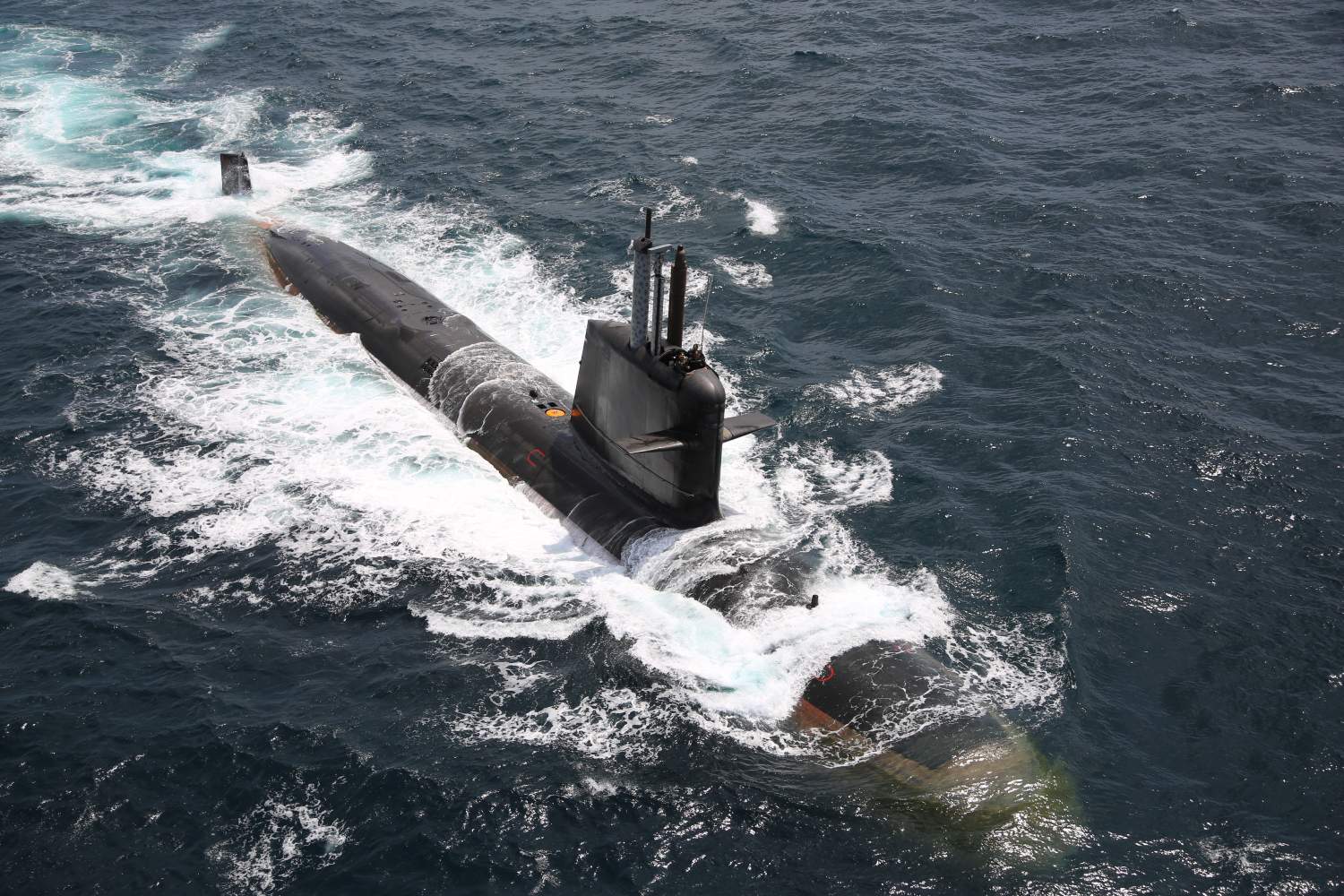Chinese scientists have reportedly developed a terahertz-based submarine detection device that detects tiny vibrations or ripples on the water surface caused by a submarine under the ocean.
The terahertz frequency range has been assessed to be more suitable for next-generation 6G technology, which promises exceptionally high-speed data rates and communications.
Interestingly, in the middle of this month, another group of scientists made a complementing discovery in a different aspect of the same principle – detecting submarines through the ‘cavitation bubbles.’
The bubbles are produced due to the vessel and propeller’s underwater movements. After being formed, the bubbles ‘pops’ have faint signals that exit the water surface and enter the atmosphere, which Chinese scientists said could be detected.
While it is unclear if the two experiments are coordinated, they have addressed different aspects of the same underwater hydrodynamic phenomena.
Given the highly integrated nature of China’s political system, its military, affiliated scientific research institutes, and its civilian academia, it can be assumed that the research teams must have followed each other’s work through the papers published in various peer-reviewed journals.
Small Wave Detector
According to a South China Morning Post report, a National University of Defense Technology (NUDT) team tested the device that generates terahertz emissions/waves. These detected surface vibrations/ripples as small as 10 nanometers tall.
This small dimension is “well below the detection range of existing technology.” Their work was published on August 11 in the Journal of Radars, a Chinese-language peer-reviewed journal.
“A small unmanned aerial vehicle (UAV) platform has the advantage of good mobility, low cost, and flexible deployment” and could work together with other submarine detection methods such as a magnetic anomaly detector (MAD), microwave radar, or laser.
“As a supplement to existing detection methods, it can provide important information for the detection and identification of submarines,” the NDUT team added.
“The experiment was conducted at an unspecified location in the northeastern city of Dalian in the Yellow Sea. The weather was fair at the time of the test, but breaking waves produced lots of bubbles.
“The military scientists used an artificial sound source to simulate the noise emitted by a submarine. To replicate drone flight, the submarine detector was carried by an extended arm of a research ship,” the SCMP report adds.
Two Teams, Same Phenomena, Different Approaches
Like the Chinese Academy of Sciences (CAS) researchers, the NUDT team also found a similar problem with the surface disturbance caused by the underwater movement of a submarine. “The disturbance is feeble by the time it reaches the surface. Separating it from the natural waves of the ocean was previously thought impossible.”
However, the new device has hardware and software to address the issue. While the terahertz waves made the sensor extremely sensitive to even small surface water ripples, it was aided by a one-of-a-kind algorithm to “effectively identify nanometer-sized ripples over the wobbling ocean.”
In the test, the terahertz sensor picked up man-made ripples with amplitude ranging from 10 to 100 nanometers, depending on the sea conditions. The technology could also be used for “cross-medium” communication between a submarine and overhead-friendly aircraft, which has been challenging even for advanced navies like the US.
‘Practical Application Remains to be Seen’
According to retired DRDO scientist Dr. Ravi Kumar Gupta, the technology is theoretically credible and promising but still at a preliminary level. “It practically needs to be seen, especially when scaling up production during mass manufacture. Advanced machines need specialized electrical and electronic components, which private companies do not commonly manufacture,” Dr. Gupta said.
“Terahertz wavelengths are between the infrared and microwave spectrums, and systems operating on this foundation need an entirely different set of sensors and electrical circuitry,” he told EurAsian Times.
He added that another thing is getting companies to design such components and sub-components as per specifications and then promising them bulk orders, guaranteeing profits and economies of scale.
Private firms usually do not invest in factory lines of specialized devices against piecemeal orders. “It sometimes takes months and even several years coordinating with vendors to get the supply chain and manufacturing ecosystem right,” Gupta added.

Second Such Discovery
In the last such breakthrough in submarine detection through underwater vibrations, scientists from the Chinese Academy of Sciences’ Fujian Institute of Research on the Structure of Matter discovered that bubbles produced by ‘cavitation’ – a result of a submarine passing through water and the propeller churning – also generate a shallow frequency (ELF) signal.
According to an SCMP report, this ‘magnetohydrodynamic’ (MHD) effect causes the ELF signals to penetrate water, reach the ionosphere, and reflect to the earth’s surface. However, experts pointed out even then that the MHD signals could be affected by many other variables like naturally occurring electromagnetic noise, human-made signals, or even when a submarine slows down or stops.
The development also follows previous reports of China’s success in 6G communication. Tianjin University’s School of Precision Instruments and Optoelectronics Engineering invented a laser system that can emit a continuous beam of electromagnetic waves in the terahertz spectrum, which is needed for 6G next-communication technology.
This was preceded by the breakthrough in 6G technology in January 2022, where researchers achieved a record transmission speed of 206.25 gigabits per second.
- The author can be reached at satamp@gmail.com
- Follow EurAsian Times on Google News